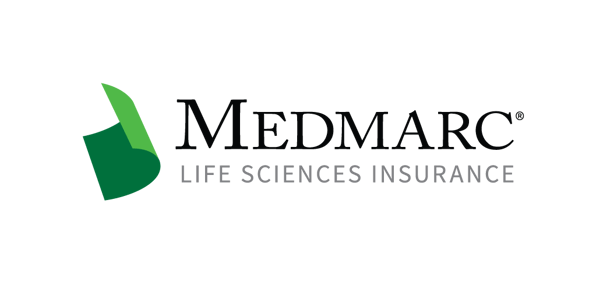Two Paths Open for Medicare Coverage of Breakthrough Devices
The Centers for Medicare & Medicaid Services has suspended the Medicare Coverage of Innovative Technology (MCIT) program through at least the end of the year, and possibly permanently. However, there are two bills in circulation on Capitol Hill that would provide Medicare coverage of breakthrough devices, including the Cures 2.0 legislative proposal.
There were two major developments at CMS in the month of May 2021, including the appointment of a new administrator, Chiquita Brooks-LaSure. The suspension of the MCIT program announced in May was said to be due to several lapses in anticipating some of the administrative burden of the rule, such as the fact that between 400 and 500 devices have been designated breakthrough devices by the FDA.
In late June, Reps. Diana DeGette (D-Colo.) and Fred Upton (R-Mich.) reintroduced Cures 2.0, which has several features of importance not found in the 2019 version, such as a requirement that the FDA place more emphasis on the use of real-world evidence (RWE). Section 404 of Cures 2.0 also lists the Ensuring Patient Access to Critical Breakthrough Products Act as a legislative component, which was announced June 23. This legislation appears to give CMS more leverage in requiring device makers to conduct postmarket studies, and could be acted on as a stand-alone bill as well as a legislative add-on to Cures 2.0.
The Medical Device Manufacturers Association endorsed the Ensuring Patient Access to Critical Breakthrough Products Act as a stand-alone bill, describing the legislation as closely mirroring many aspects of the MCIT rule. However, MDMA President/CEO Mark Leahey urged CMS to separately implement the MCIT rule, which also proposes a revision of how the term “reasonable and necessary” is defined.
Cures 2.0 Includes Advanced Health Research Office
In addition to the inclusion of the Ensuring Patient Access to Critical Breakthrough Products Act, Cures 2.0 provides authorization for the Advanced Research Projects Agency for Health (ARPA-H), a program that would become part of the National Institutes of Health. Modeled on the Defense Advanced Research Projects Agency (DARPA) at the Department of Defense, ARPA-H was previously proposed by the Biden administration and is designed to allow administrators at NIH to pursue high-risk/high-reward research projects that might otherwise go unfunded.
Among the projects that the ARPA-H office would undertake are those that would “overcome market failures through critical solutions,” such as financial incentives. This program would also undertake projects that complement NIH projects and those undertaken by the private sector. In addition to the legislation for the MCIT program, HHS would be required to submit a report to Congress on establishment of alternative coverage pathways for a variety of medical technologies. A separate section of Cures 2.0, Section 502, would set aside $25 billion to supplement research dollars already committed to ongoing research conducted at public labs and universities.
According to the section-by-section summary of Cures 2.0, Section 304 of the legislation would require the Department of Health and Human Services to outline multiple approaches to expand the use of RWE. Another feature related to RWE is that HHS would establish a task force to device methods for encouraging patients to undertake activities that would generate RWE.
Other provisions of Cures 2.0 include the establishment of an automatic communication requirement between the FDA and CMS for breakthrough therapy drugs (Section 305), and a requirement for an annual report on collaboration in the regulation of digital health across the FDA’s product centers (Section 301). As written, Cures 2.0 would also require that CMS fully fund Medicare beneficiary participation in studies of standard of care in trials conducted by the Patient Centered Outcomes Research Institute (PCORI).
For additional resources contact the Marketing department
Phone: 888-633-6272
Medmarc is a member of ProAssurance Group, a family of specialty liability insurance companies. The product material is for informational purposes only. In the event any of the information presented conflicts with the terms and conditions of any policy of insurance offered from ProAssurance, its subsidiaries, and its affiliates, the terms and conditions of the actual policy will apply.
Copyright © 2026 - Medmarc
